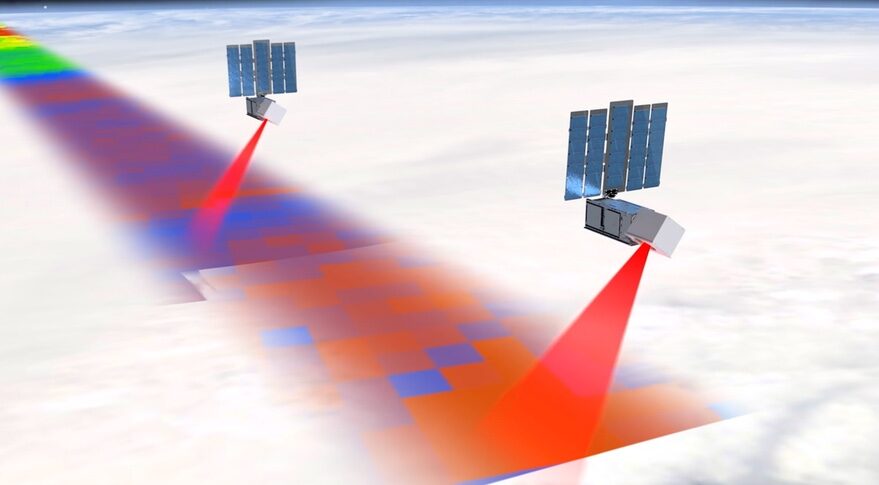
NASA looking for new launch of remaining TROPICS cubesats (Image Credit: Space News)
LOGAN, Utah — NASA is investigating alternative ways to launch four Earth science cubesats after Astra discontinued the rocket originally contracted to launch them.
Four Time-Resolved Observations of Precipitation structure and storm Intensity with a Constellation of Smallsats (TROPICS) cubesats were to launch on two Rocket 3.3 vehicles by Astra, after the first two TROPICS cubesats were lost in a June 12 launch failure on another Rocket 3.3.
However, Astra announced Aug. 4 it was canceling all remaining Rocket 3.3 launches to focus on the much larger Rocket 4. The Rocket 3 series of vehicles had reached orbit successfully on only two launches in seven attempts.
With Rocket 3.3 no longer available, NASA is looking for alternative options to launch the remaining TROPICS cubesats. “We are still looking for a ride and, once the ride is found, we’ll launch it,” said Sachidananda Babu, a program manager in NASA’s Earth science division, during a NASA town hall meeting at the Small Satellite Conference here Aug. 8.
Astra executives said in the earnings call where they announced the termination of the Rocket 3 program that NASA was considering launching TROPICS on the new Rocket 4. “We are in discussions with NASA to proceed with TROPICS on Launch System 2.0,” said Chris Kemp, chief executive of Astra. Launch System 2.0 includes Rocket 4 and its ground systems.
However, Rocket 4 would be a poor fit for TROPICS, as the vehicle is designed to place up to 600 kilograms into low Earth orbit, where each TROPICS cubesat weighs only a few kilograms. TROPICS has specific orbit requirements — an altitude of 550 kilometers and inclination of about 30 degrees — needed to meet its science goals. That orbit, though, is not commonly used by other spacecraft, ruling out rideshare opportunities.
“We need to go to a 30-degree inclined orbit and no one else really wants to go there. The rideshares are all going to sun-synchronous orbits or mid-inclinations, so it’s very well targeted to a smaller vehicle with a very targeted insertion where they can get us exactly where we want to go,” said William Blackwell, principal investigator for TROPICS at MIT Lincoln Laboratory, in a video about the mission produced before the June launch failure.
Astra’s contract with NASA called for three dedicated Rocket 3.3 launches, each carrying two TROPICS cubesats. The satellites would be placed in three orbital planes to maximize revisits of tropical latitudes to study the formation of tropical storms. TROPICS, though, can meet its science goals with just four satellites.
Agency sources said Astra’s announcement that the company was discontinuing the Rocket 3.3 took them by surprise. Switching vehicles poses cost and schedule challenges that NASA is still studying.
However, even before the announcement, NASA was looking into alternative options while awaiting the outcome of the investigation into the June launch failure.
Karen St. Germain, director of NASA’s Earth science division, said at an Aug. 2 meeting of its Earth Science Advisory Committee that she was in discussions with the Launch Services Program “to figure out what that path forward will be” for launching the remaining TROPICS cubesats.








